Doodle - Cross-cultural Directional Trends in Drawing
Term
Course
Instructor
Partner
Program
Course
Instructor
Partner
Program
Fall Harvard GSD
GSD6338: introduction to computational design
Jose Luis García del Castillo y López
Ethica Burt, Monica Chelliah
Grasshopper C#
GSD6338: introduction to computational design
Jose Luis García del Castillo y López
Ethica Burt, Monica Chelliah
Grasshopper C#
A thought, a line, a direction. A drawing is made up of numerous lines with a goal in mind. The concept of drawing has become an international socio-cultural practice that fills space with visual meaning. With the proliferation of drawing datasets, there begins a connection between how an object is perceived and how it is drawn. How does one draw? There may be a connection between different cultures and countries who engage with different approaches towards writing style, tradition, and art.
The Google ‘Quick, Draw!’ dataset consists of almost a billion of these doodles of different objects ranging from simple circles to more complex objects like bees. This data is categorized by country, with each stroke stored as part of a point cloud and recognized as a specific type of drawing by an artificial intelligence process. By parsing this data by country and by stroke and revisualizing these doodles, a clear correlation emerges which gives each country its own drawing thumbprint. Explore these visualizations and differences through this cross-cultural developmental study of directional asymmetries in these vast datasets. What correlations do you see?
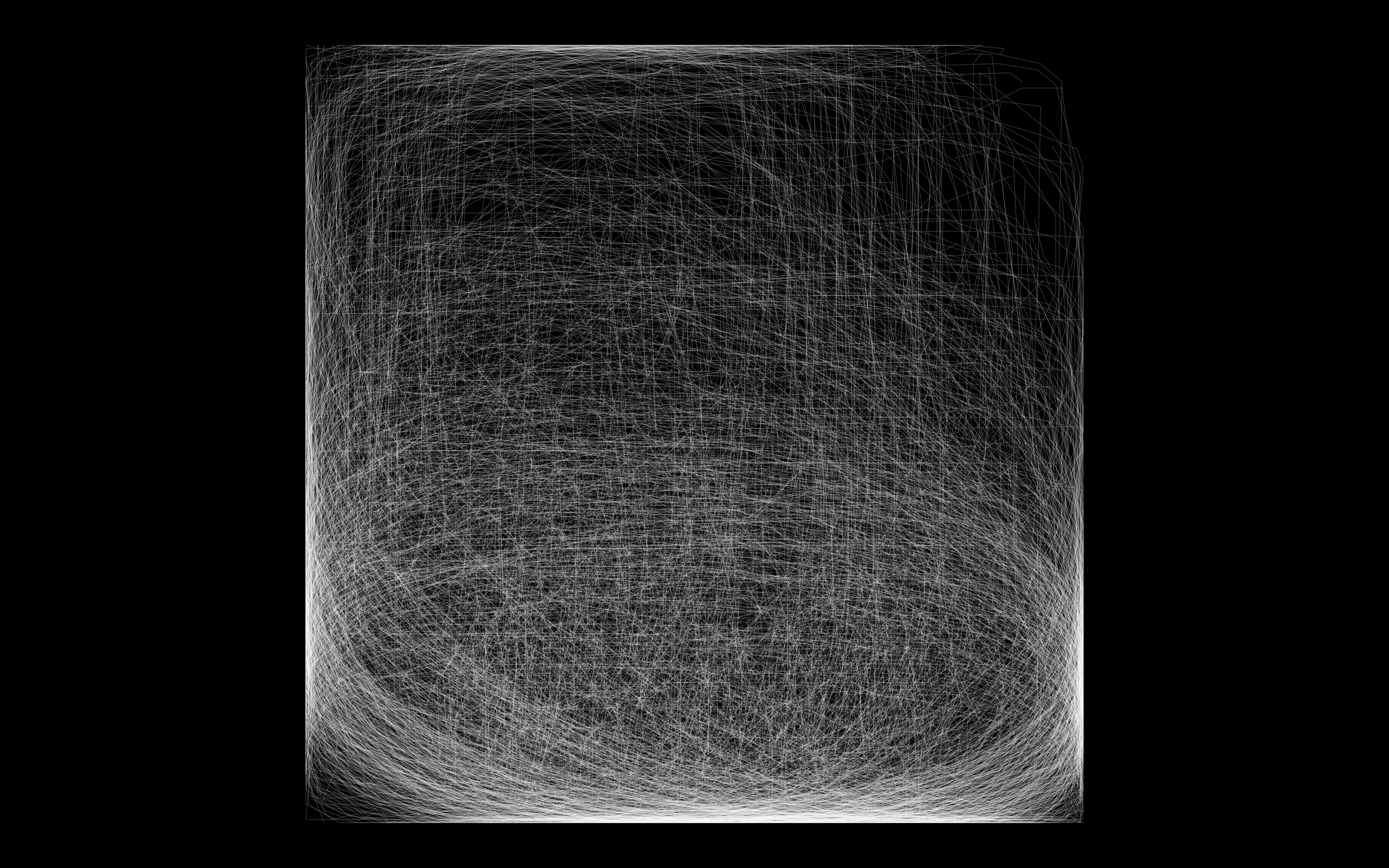



Compile: The whole set
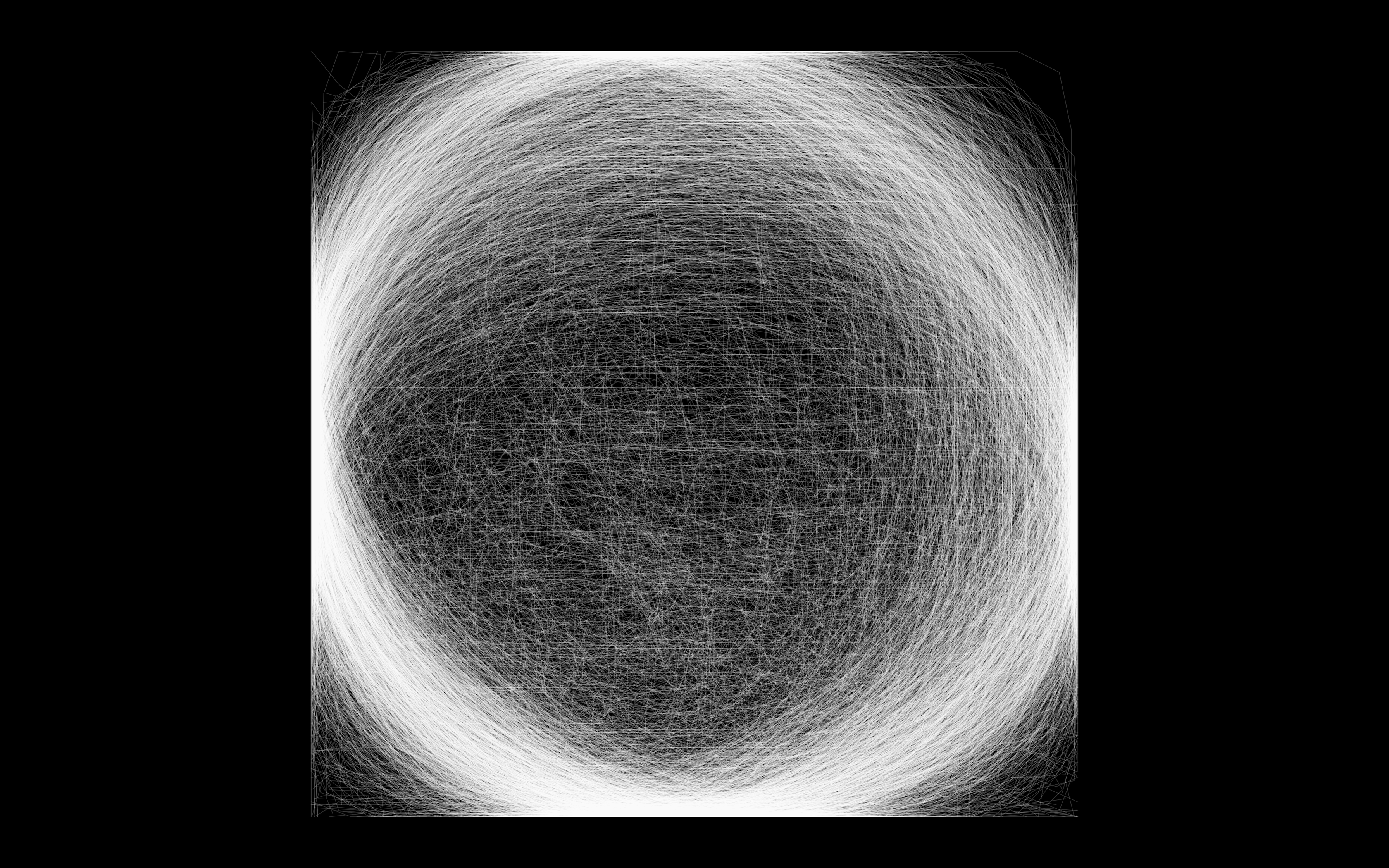

Comparision: Overlayed circle drawing (Korea vs Taiwan)







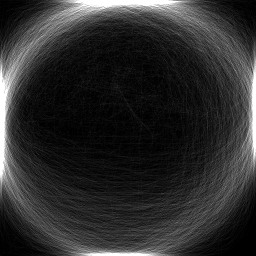
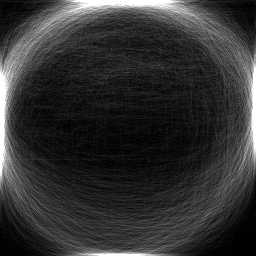
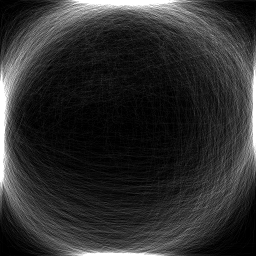


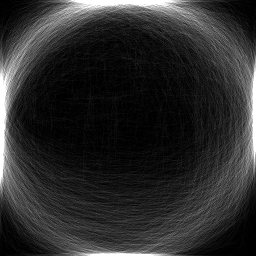





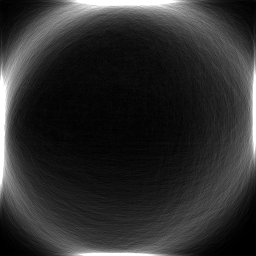



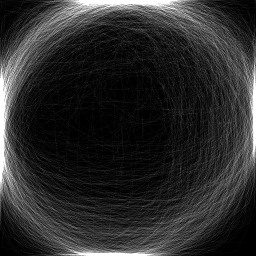





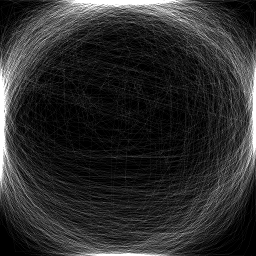



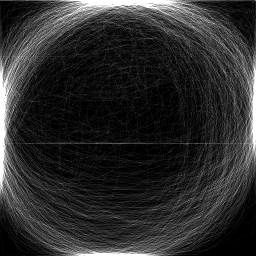







Comparision: Overlayed circle drawing (selected countries)

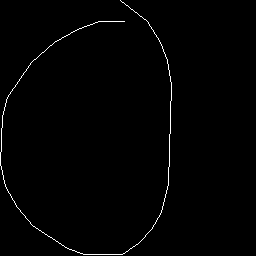
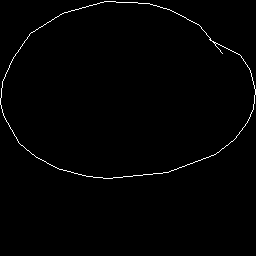




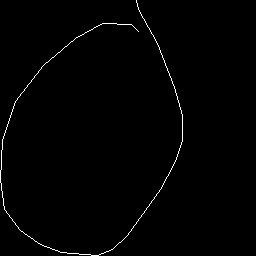


Comparision: Overlayed circle drawing (selected countries with less inputs)


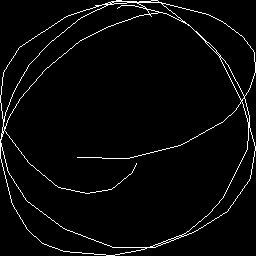

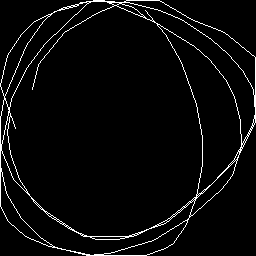


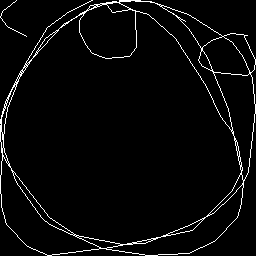


Comparision: Overlayed circle drawing (selected countries with less inputs)



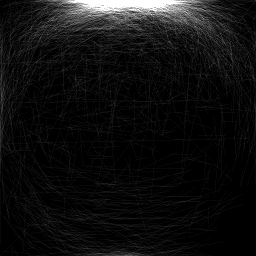





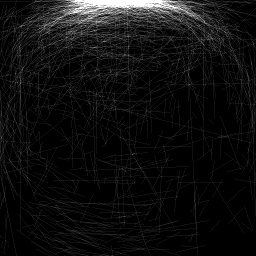

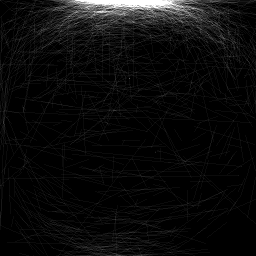



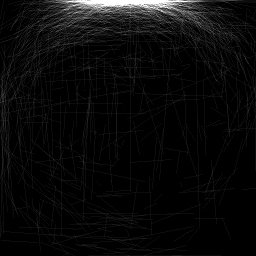







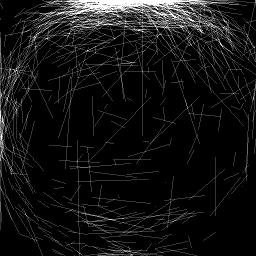




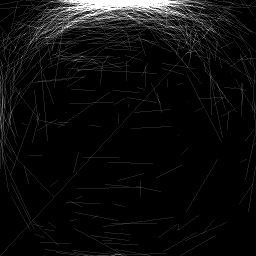
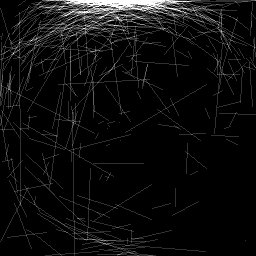
Comparision: First stroke drawing (selected countries)



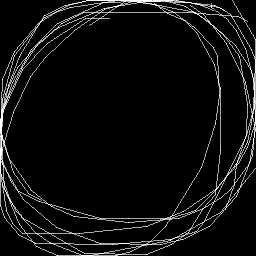
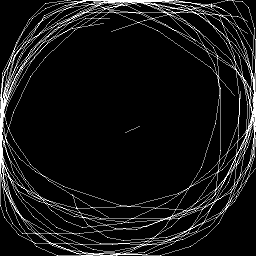




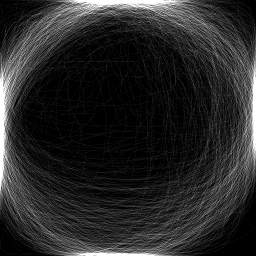

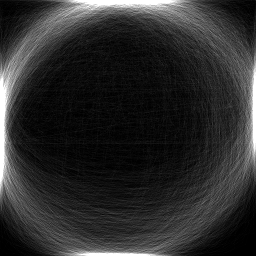

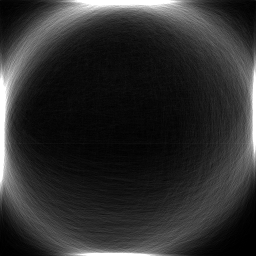



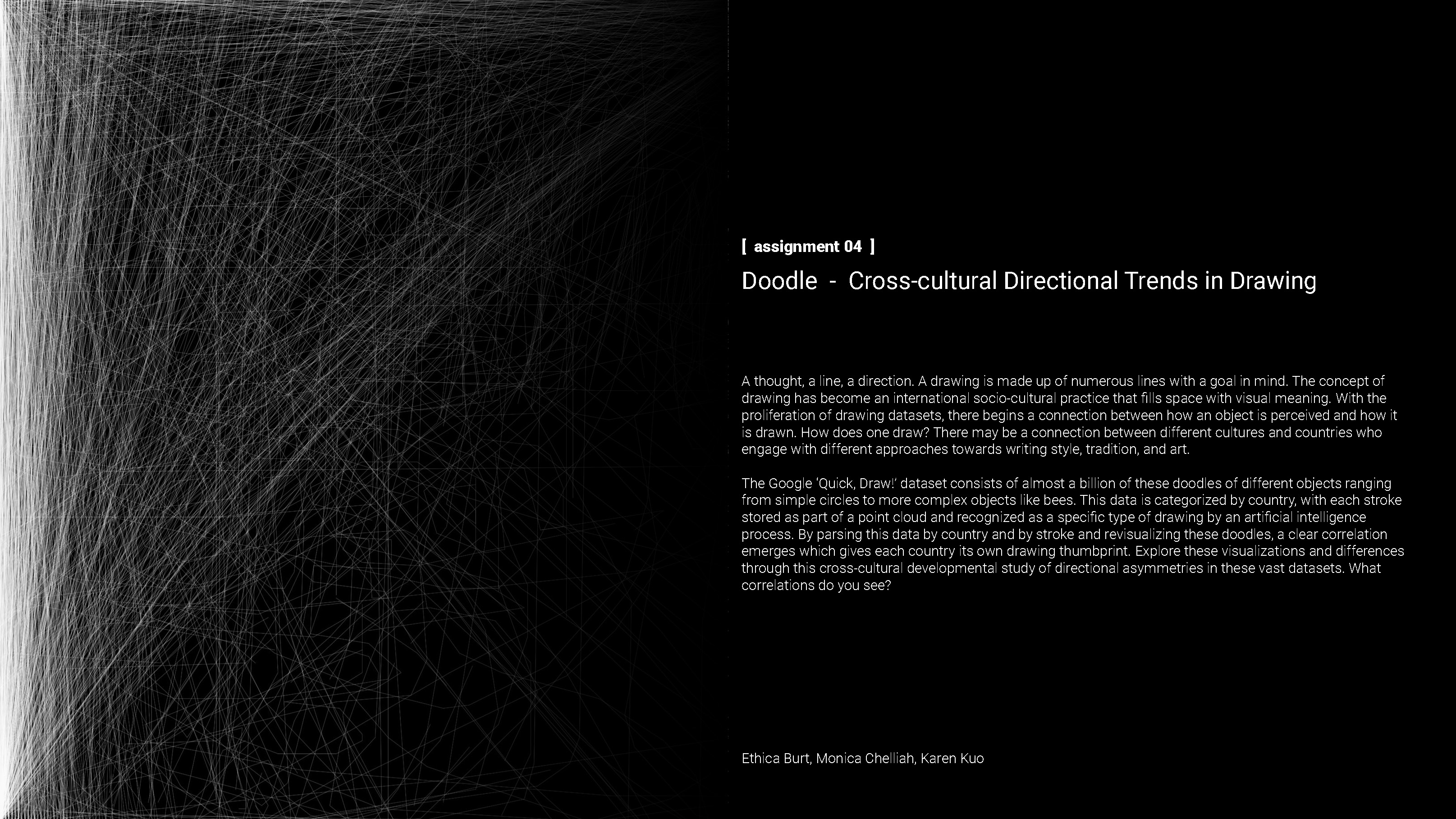












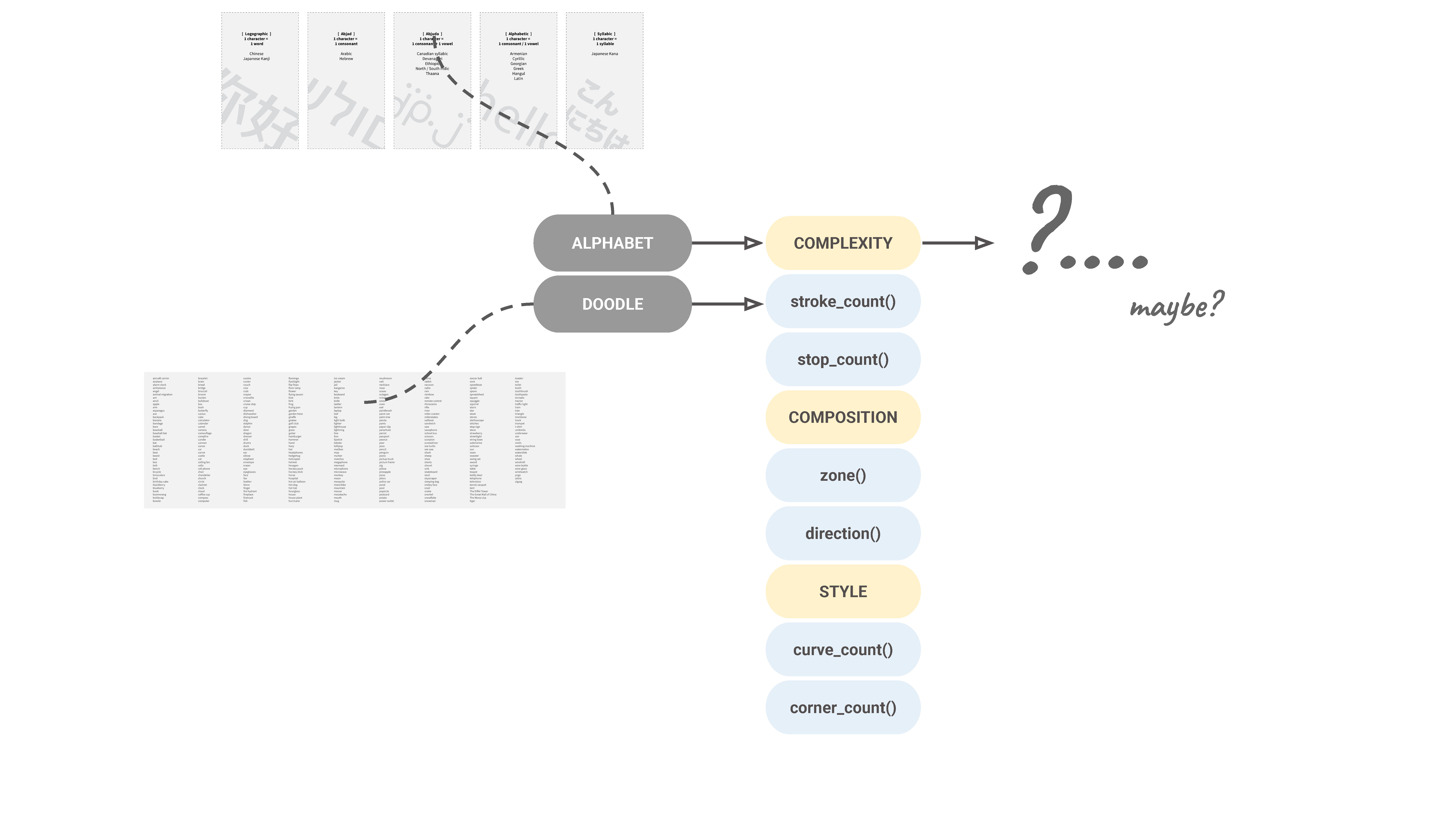



























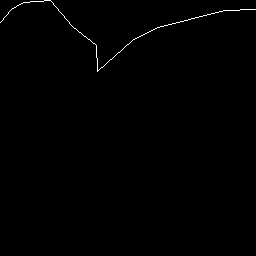
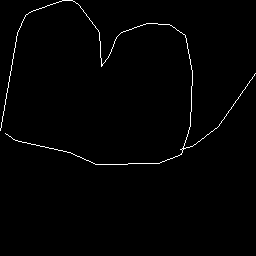
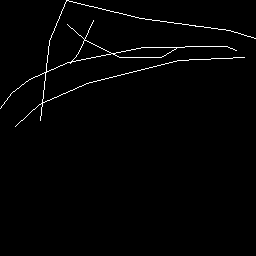



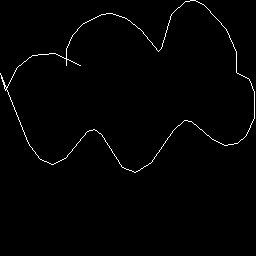
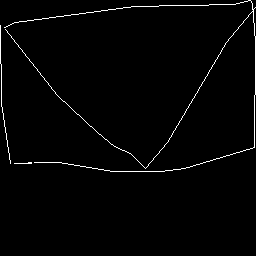
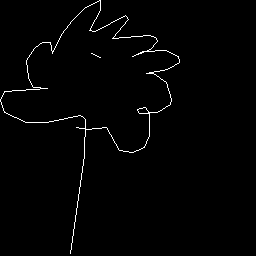


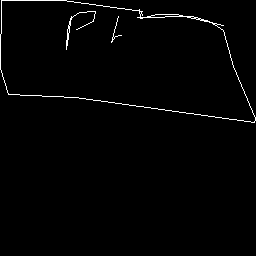


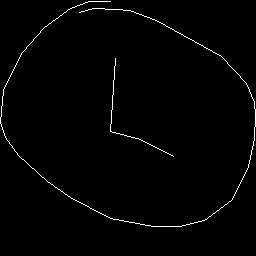
Matrix: randomly selected objects